First quarter earnings were not great for the US transportation cohort.
Truckers are experiencing a freight recession - with the demand in goods coming down, spot rates as fallen. As we said on our earnings preview call, it’s only a matter of time before we start to see the contracted rates decline. With every contract revision, we are likely to see these rates fall.
Rails didn’t particularly well either. It’s the macro. There’s no getting around it. Goods demand is falling and this is the consequence. We even heard Warren Buffett say that the rails have been slowing down.
Finally, we have Parcels. UPS not only put out worse-than-expected earnings but, guided down as well.
The entire industry is under pressure and we can see that in the chart of the Dow Jones Transportation Index. We’ve chopped sideways with the market for the last couple of weeks but, there is a trend to the downside here.
However, I think there may be an opportunity for a pair trade here, going long rails and shorting truckers. I have two companies in mind. Read on for a look at the macro, industry and the companies I think would fit with this trade.
The Macro Environment
First let’s look at the Macro. The environment is undoubtedly slowing. We know that durable good demand has declined significantly. Now, we’re seeing Industrial Production and ISM New Orders decline. It stands to reason that New Orders will lead Industrial Production and in this case, the trajectory is downwards.
Retail sales is another area to look at to determine the volume of demand for transportation. Retail sales numbers are in fact, linked more closely to trucking demand than rails and as we can see, this is declining.
The Industry
The US Transportation Industry is a ~$1.2 trillion market. Trucking is about 72% of that. So trucking is by far, the most important mode of transport.
To understand the industry a bit better, particularly all the trucking and rail terms, here’s a great chart from Barclays. It clearly lays out how truck and rail operate in the industry. ⤵
Truckload Traffic
Truck tonnage index has declined significantly since the start of the year. ⤵
Railroad Traffic
Railroad traffic has it’s erratic moments but if you look at the trendlines, they have been steadily rising.
Pair Trade Idea
A possible pair trade idea could be Long Rails and Short Truckers.
Based on what we’re seeing above, my thesis is:
With inflation coming down, many companies are losing their pricing power. Companies have a greater need to cut costs and manage margins. Rails are more efficient and can carry more load per train bringing down costs.
Rails have labor problems but, they employ fewer workers than trucks and therefore, they have lower costs in that respect.
During the supply chain glut, speed was important and so companies used trucks because they were faster and carried items point to point. We now have a situation where there is still too much inventory and orders have slowed, as we’ve seen above.
My idea for long rails is CSX - CSX Corporation
CSX has implemented precision scheduled railroading to manage costs and ensure better asset utilization. CSX service levels as measured by on-time performance remain well ahead of US peers
The company is poised for growth under the new CEO, Joe Henricks who took over in Sep 2022. His mission is also to focus on employee relations and customer service.
My idea for short truckers is JBHT - JB Hunt
We heard from the CEO himself during the earnings call who talked about the freight recession. We’ve also seen that retail volumes are falling.
JBHT is a good company but much of the growth came from the pandemic tailwinds and growth will not just moderate but, decline now. They remain relatively “expensive” right now.
Here are the charts. You can see that the Ratio of CSX to JBHT is down today and that’s mainly on account of CSX being down, because JBHT is also down. But if you look over the last few weeks, a long CSX vs. short JBHT trade has held up quite well.
Valuation
Two further great charts from Barclays.
The fist set of charts show that Rails have the best margins in the ground transport industry, while Intermodal is the worst all metrics.
This second chart shows that most rails are trading below their 5-year EV/EBITDA1, which make them relatively cheap. JBHT is an intermodal company and trades almost at its 5-year average valuation.
The bottom line is companies that can, will be shifting to rail. There is still the need for trucks particularly for “Last Mile” deliveries to the warehouse but, the much lower in terms of volume.
This is not investment advice. This is not an exhaustive research of the industry or the companies. Please read the Investor Materials and do your own due diligence before investing. All investments carry risks. Shorting equities carries additional risks.
EV/EBITDA: Enterprise Value (EV) calculates a company's total value or assessed worth, while EBITDA (Earnings Before Interest, Taxes, Depreciation and Amortization) measures a company's overall financial performance and profitability. EV = equity value (or market capitalization) plus its debt (or financial commitments) less any cash. EV / EBITDA is a better measure of valuation when a company holds debt and the lower the value, the better. Learn more here.


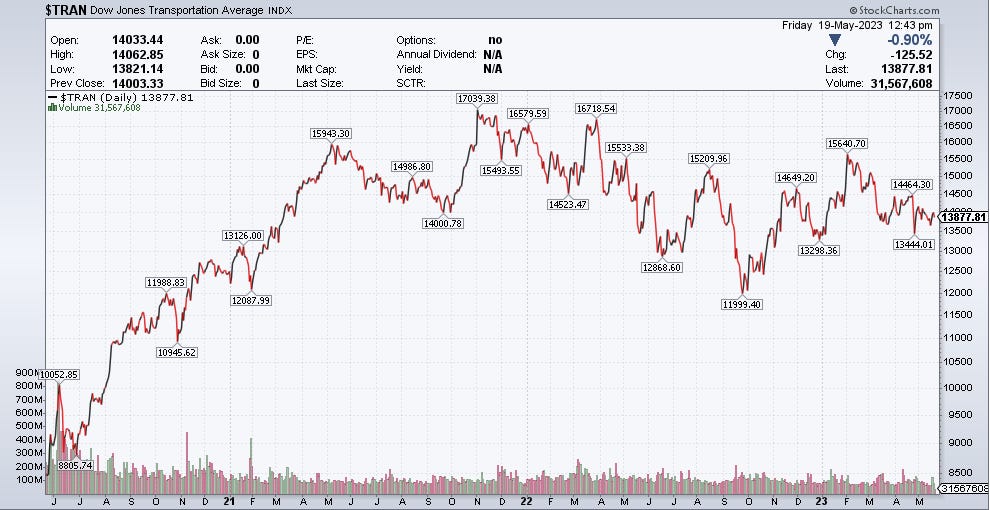


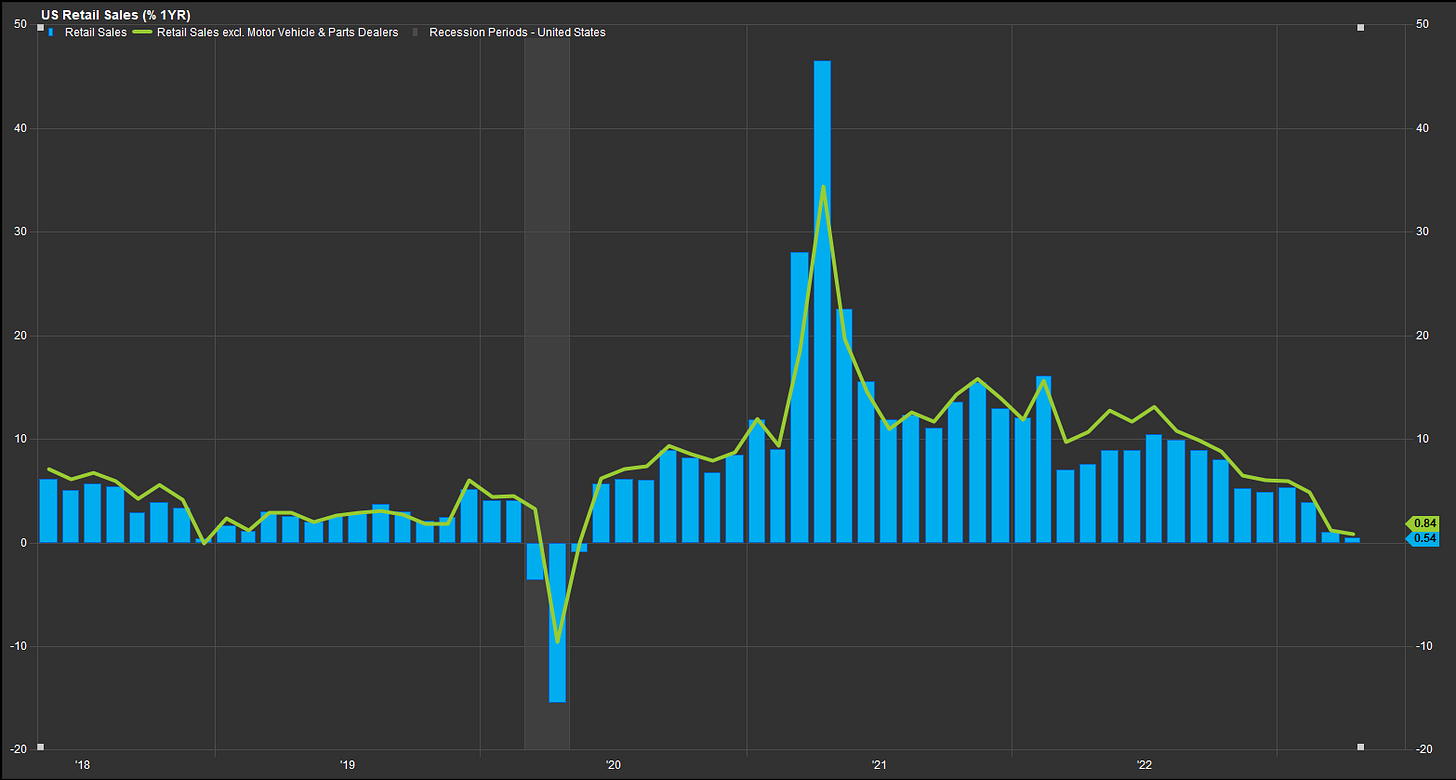


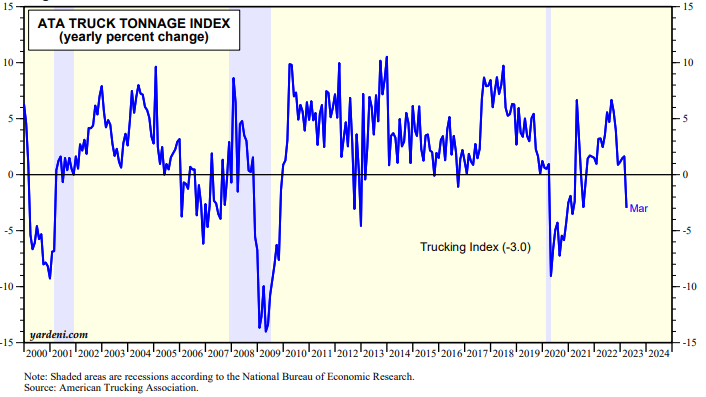
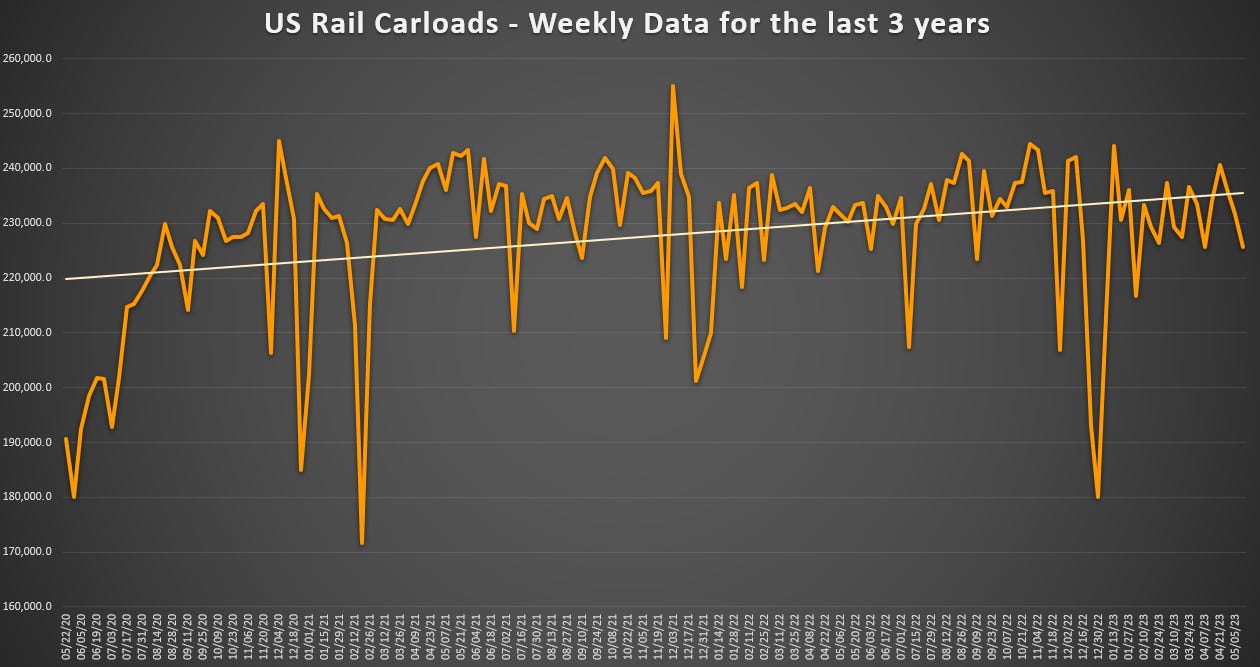
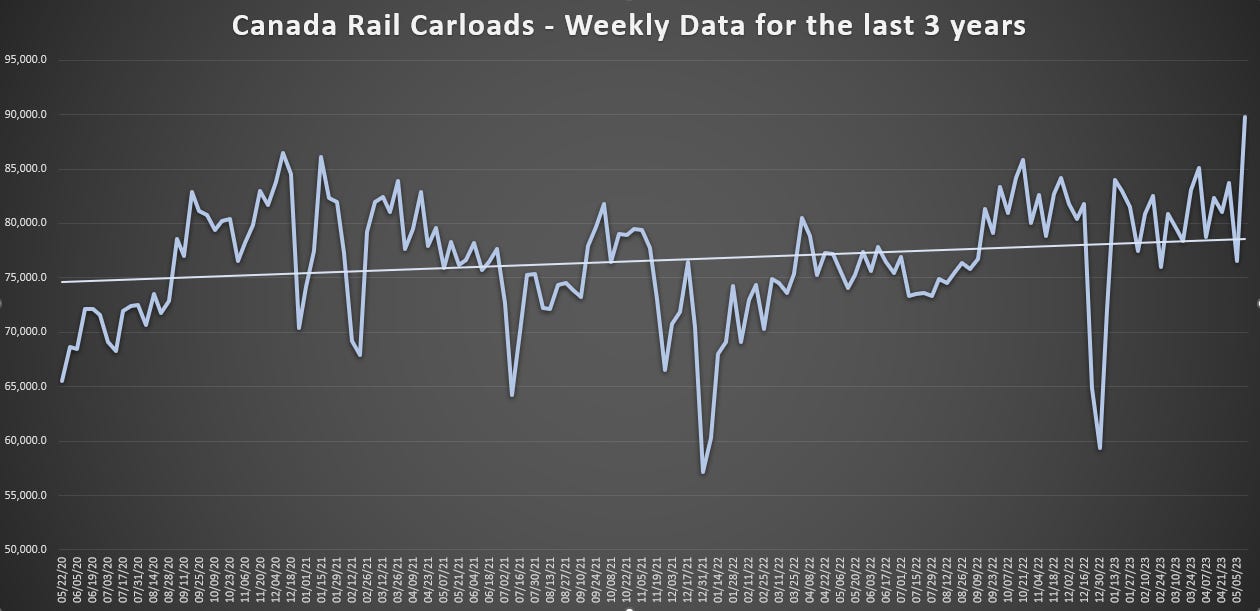
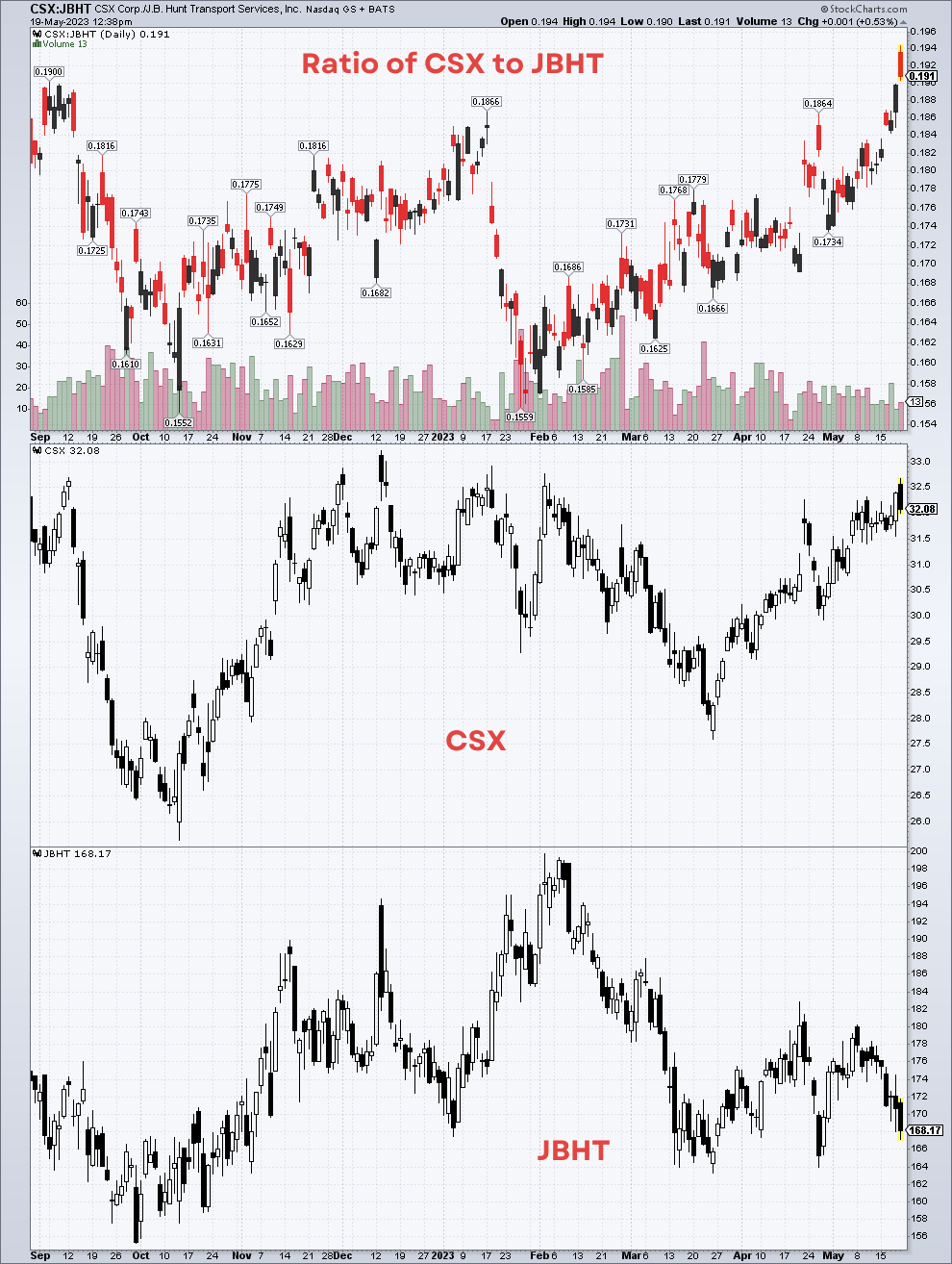
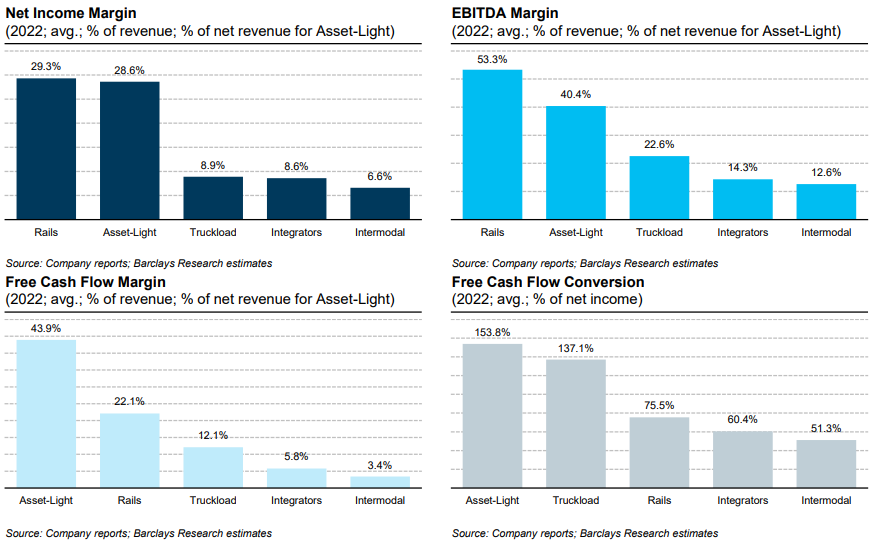
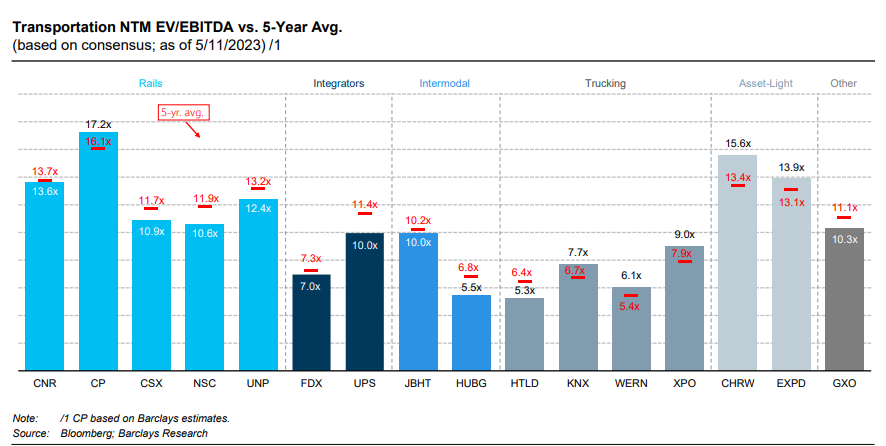
Thanks Ayesha, I looked in the liquidity of CSX - 73M Block trades on May 4 at 30.9. Price is up since then.
Additionally California pushing for half of trucks sold to be EV by 2035. If other states follow, then it can be a collective force and put trucking industry in more pressure given the lack of infrastructure. On the other hand, I would then look for the companies who would be building infrastructure for EV trucks.
https://www.nytimes.com/2023/03/31/climate/california-electric-trucks-emissions.html